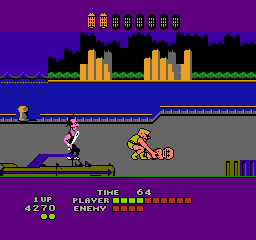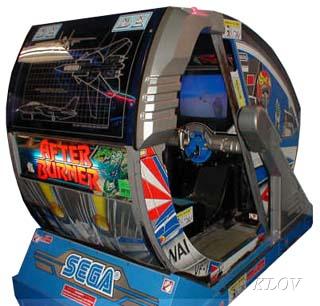Balloon Fight

Balloon Fight (バルーンファイト Barūn Faito?) is an action video game developed by Nintendo. The original arcade version was released for the Nintendo VS. System as Vs. Balloon Fight, and its Nintendo Entertainment System counterpart was internationally released in 1986. The gameplay is similar to the 1982 game Joust from Williams Electronics. The home Nintendo Entertainment System version was ported to the NEC PC-8801 in October 1985, the Sharp X1 in November 1985, the Game Boy Advance as Balloon Fight-e for the e-Reader in the United States on September 16, 2002, and as part of the Famicom Mini Series in Japan on May 21, 2004.
Gameplay
The player controls an unnamed Balloon Fighter with two balloons attached to his helmet. Repeatedly pressing the A button or holding down the B button causes the Balloon Fighter to flap his arms and rise into the air. If a balloon is popped, the player's flotation is decreased, making it harder to rise. A life is lost if both balloons are popped by enemy Balloon Fighters, if the player falls in the water, gets eaten by the large piranha near the surface of the water, or is hit by lightning.
There are two modes of play: the 1-player/2-player game where the goal is to clear the screen of enemies, and Balloon Trip where the goal is to avoid obstacles in a side-scrolling stage. The original arcade game does not include Balloon Trip, but all the level layouts are completely different so as to take advantage of vertical scrolling in addition to some minor gameplay differences.
1-player/2-player game
Defeat all of the enemies on screen to clear the stage. This mode can be played alone or co-operatively with a second player. Each player starts with three extra lives. The 3DS Balloon Fight port comes with the Download Play option, that allows you to play along with a friend that has another 3DS system.
Enemy Balloon Fighters float around the screen and the player must hit their balloons to defeat them. The enemy can also fall into the water or be eaten by the fish while flying close to the water's surface. If an enemy is defeated or falls into the water, a bubble will rise up the screen which can be hit for extra points. As play progresses through the stages, the number of enemies and platforms increases.
Every three stages is a bonus stage, where the goal is to burst all of the balloons that float up the screen from the chimneys at the bottom.
Balloon Trip
A single-player game where the goal is to avoid the lightning sparks and collect the balloons, aiming to move up the ranks and compete for the high score. The player starts with one life.




.png)
.gif)



